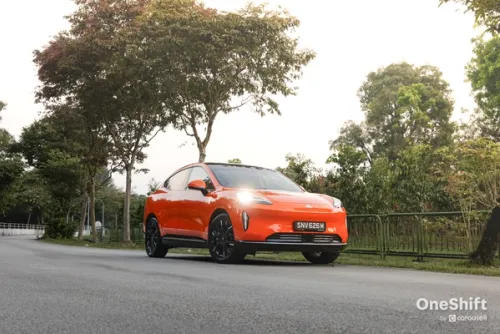Audi e-tron Virtual Mirrors 55 quattro Review: Technik Sensational
The e-tron is Audi's first 100% electric vehicle - and it's also the first time we try Audi's Virtual Mirrors. Is it an unnerving experience?


Of all of the electric vehicles I have tried from legacy carmarkers, the e-tron best retains the core values of the brand it represents. The ‘Vorsprung durch Technik’ spirit permeates every touch point of the e-tron, not least of all its Virtual Mirrors (VMs).
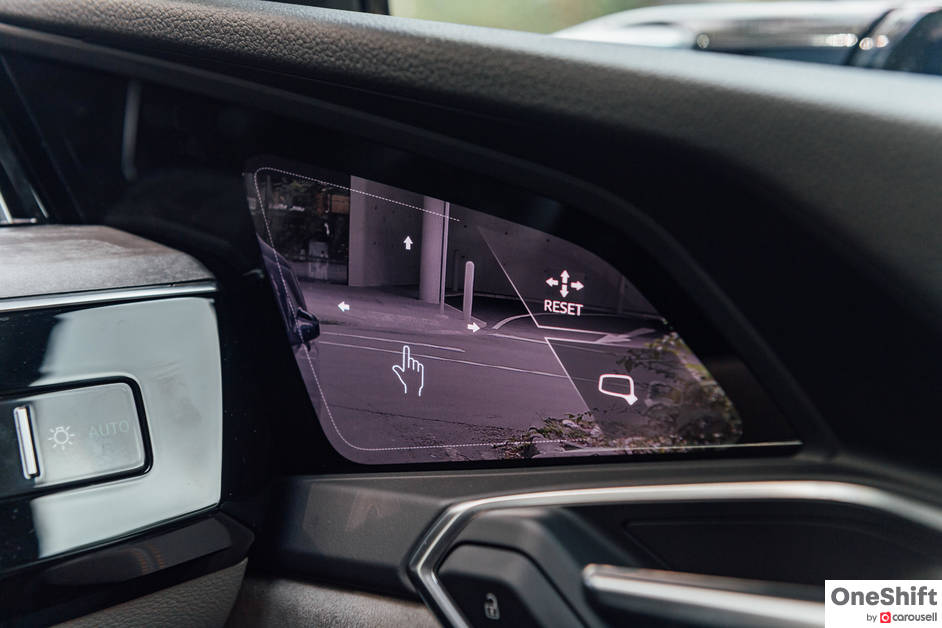
It’s a fine piece of technology because, well, it works. Before I set off I feared I would be crippled at every lane change, but after learning to trust the digital cameras, it’s operable. There are some flaws though. With the VMs shaped like a quadrilateral, it merely provides a similar view to a conventional mirror rather than a better one. Secondly, you know those times when you shifted your body to have a better view through the mirror? Well, you can’t do that with the VMs, so your view is immediately narrowed to just what you literally see. It’s proof that good old-fashioned mirrors and human intuition still work better.

But really, the VMs are not just to show off. It reduces the e-tron’s drag coefficient by 0.01 to 0.27 Cd, and more perceptibly, the usual wind noise you get from the A-pillars at highway speeds is all but absent. There are engineered ‘dimples’ - yes you read that right - in the underbody of the e-tron, to create ‘stabilising vortices’ of air, presumably to make it even quieter. The unobtrusive synthesised electric motor sound also helps, being present in the background for pedestrian safety rather than for occupants. The result is a cabin that’s almost as quiet as a sound proof laboratory, which is great - the e-tron is a really plush and luxurious place to be in, albeit in a very German, fiercely effective way.
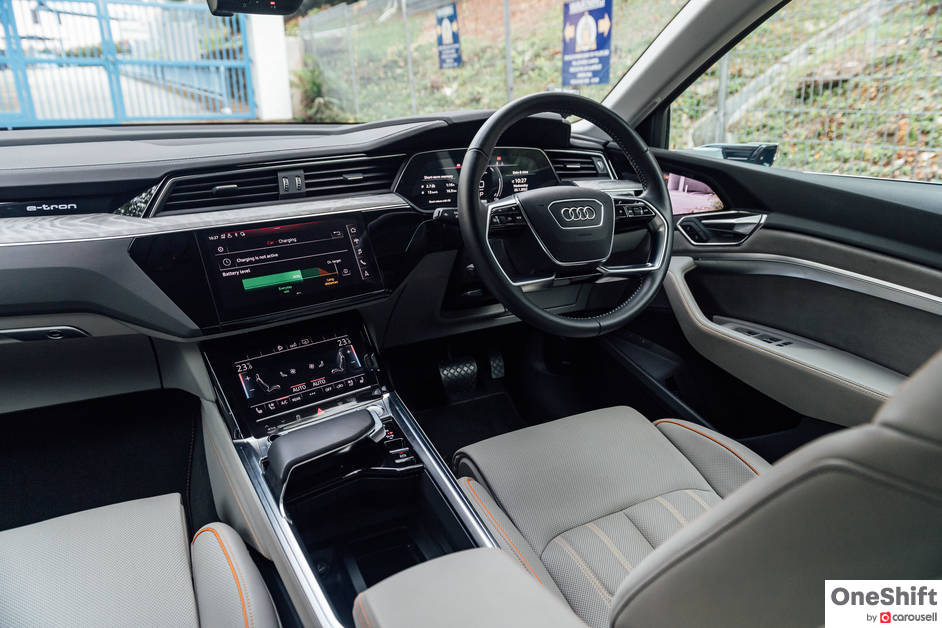
The basic interior architecture is lifted off the Audi Q7/Q8, so it’s built beyond reproach, if being a little too reliant on touchscreens. There’s also a hand rest that doubles as a gear shifter which isn’t ergonomical at all to operate, but that’s about the only thing untoward. Boot space is a very reasonable 600 litres and expands to 1,725 litres with the rear seats folded.
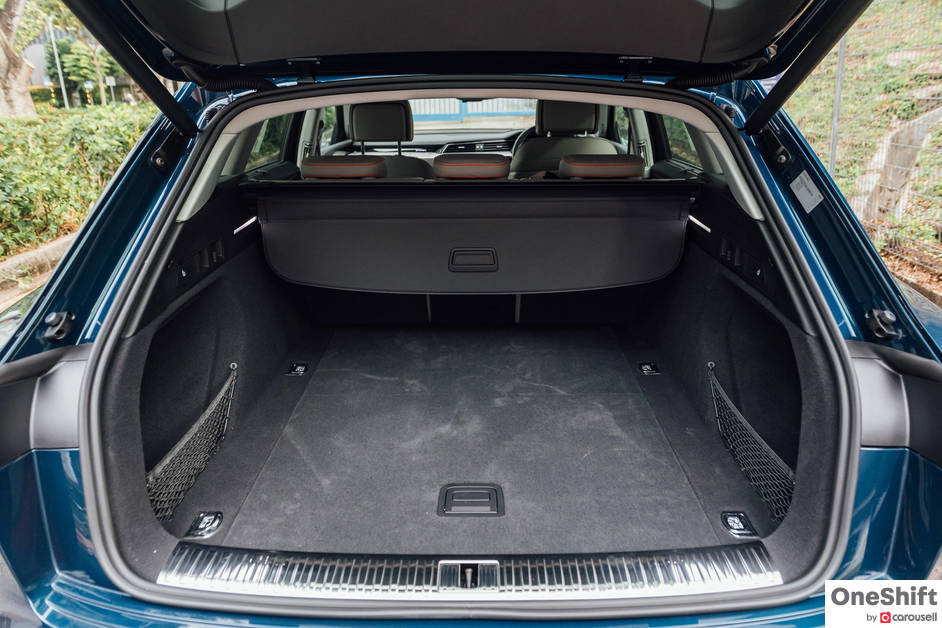
The other carry over from the Q7/Q8 is the MLB Evo chassis, except that it gives a properly good electric drivetrain that is powerful (402 hp and 664 Nm, peak) and quiet. 0-100 km/h is dispatched in 5.7 seconds which is breathtaking for a car of this weight and size. The 95 kWh lithium ion batteries are good for a claimed range of up to 400 km (WLTP); with a full charge in the beginning I saw an indicated 314 km range. During the drive I managed 156 km of driving with 140 km of range remaining, which yields a combined 296 km. It’s about a quarter less than on paper and could do with more.
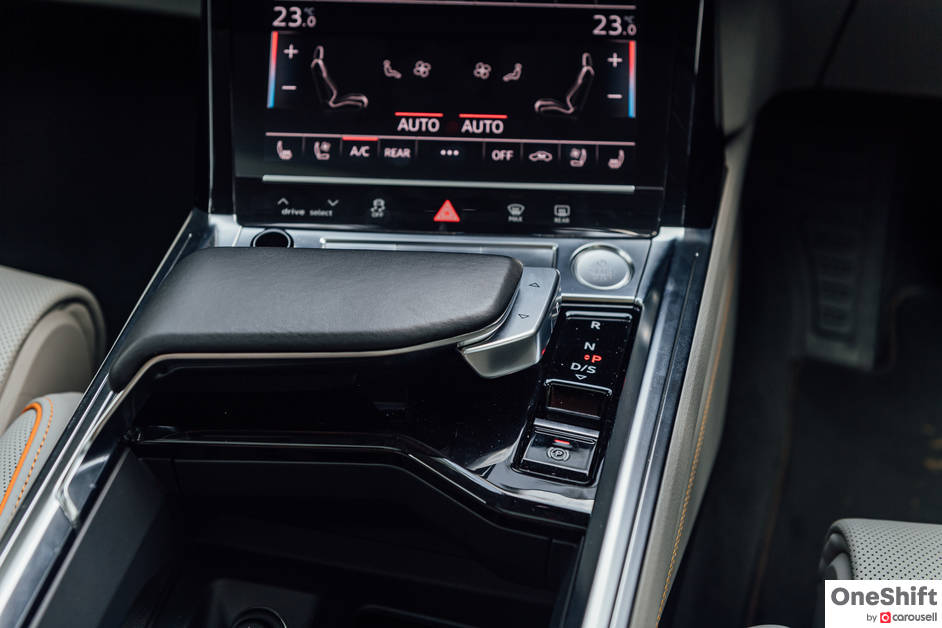
Like its MLB Evo relations, refinement is top notch but the car is heavy and so unsurprisingly leans into corners. However it is not a great deal worse, if at all, to its ICE counterparts, with its 700 kg or so of batteries set low to the ground. e-quattro predominantly sends power to the rear wheels and works to drive torque to the front wheels when necessary, but you’d be none the wiser about it, with the car predisposed for caution than anything else. Below 0.3g of braking, recuperation takes place but conventional brakes take over for anything more than 0.3g. In practice, it’s so well-calibrated that you can’t really feel the transition.

The overriding experience is one of stability, security and damped isolation. It’s rather excellent at soaking up any road imperfections (thanks to standard air suspension) and feels like it’s built from materials that can truly stand the test of time. It’s a near-perfect fit for one’s imagination of an electric Audi and what it might stand for.

The looks are also reassuringly familiar, definitely not pushing any boundaries as Audi’s first EV foray. A clever, and not commonly observed feature are front active brake cooling ducts that automatically open and close according to temperature. There’s an air curtain to optimise air flow at the front wheels, too. But all these happen pretty much below the radar.
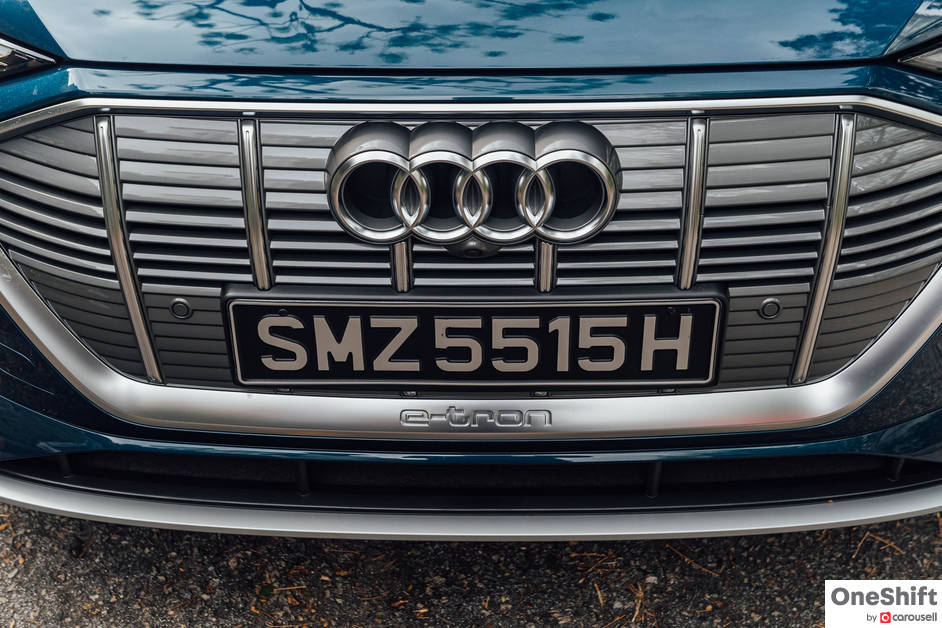
The e-tron doesn’t shout ‘EV’ and in fact its Audi-ness is more apparent than anything else about the car. I suppose that is its appeal - it’s not trying to be anything else it isn’t, and will be a very familiar welcome for those already used to an Audi. It even undercuts the Q7 and Q8 in price.
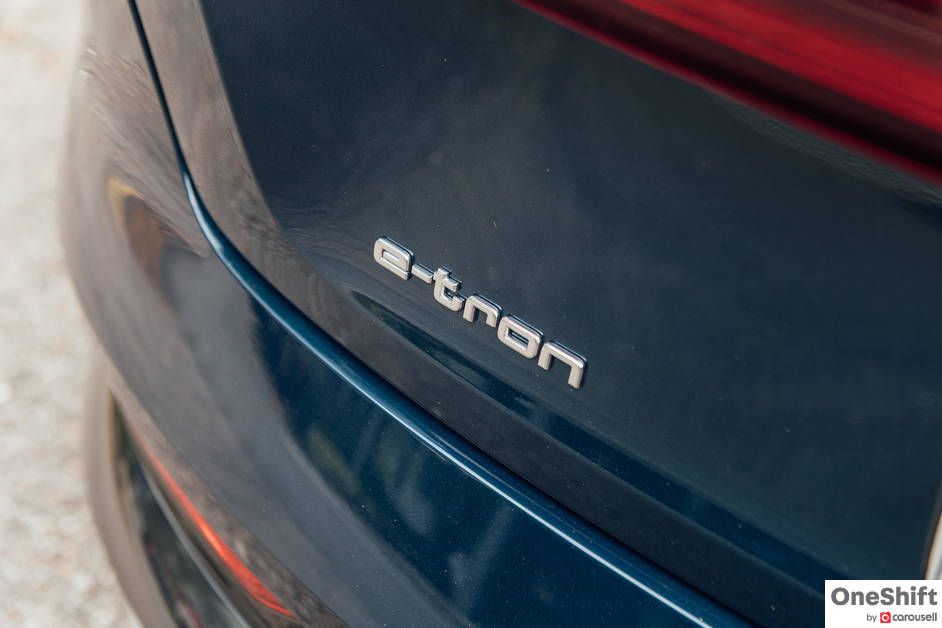
In fact, even when compared to its competitor EV SUVs, the closest of which is the BMW iX3 and the Mercedes-Benz EQC, the e-tron finds its own comfortable niche. The iX3 leads on value but is clearly a class lower; the EQC is in the iX3 class but is priced pretty closely to the e-tron. If budget wasn’t a concern, the e-tron seems like the top pick EV SUV among the German trio right now.

Credits: Text by James Wong; Photos by Horizon Drivers' Club
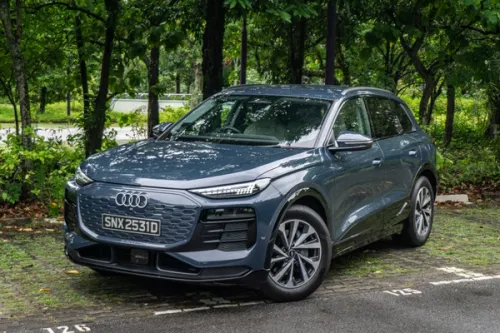







Get the Best Price for your used car
from 500+ dealers in 24 hours

- Convenient and Hassle-Free
- Consumer Protection
Transparent Process
With No Obligation

